ShelfMCL - Semantic particle filter localization with low-cost sensors
2023-2024 - Paper in progress
Team members:
Shivendra Agrawal (lead)
Ashutosh Naik (Graduate researcher)
Dusty Woods (Lab Manager)
Jake Brawer (Postdoc)
Bradley Hayes (Advisor)
Overview
- Problem: Estimating where an autonomous system is in a dynamic and cluttered environment such as a grocery store is challenging and unsolved. Such localization ability is essential to providing navigation guidance.
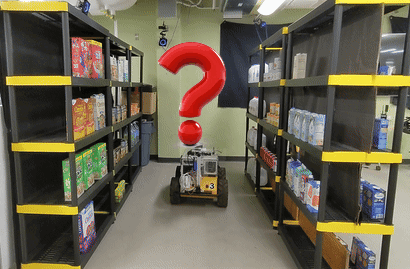
- Solution: We present a novel Semantic Monte Carlo Localization algorithm that requires just an RGB-D camera and a visual odometry camera. Our system can be 1. mounted on a cart or 2. worn as a wearable.
Challenges
Environmental Complexity:
- The uniform and symmetric nature of aisles makes depth or LiDAR observations essentially featureless and unreliable.
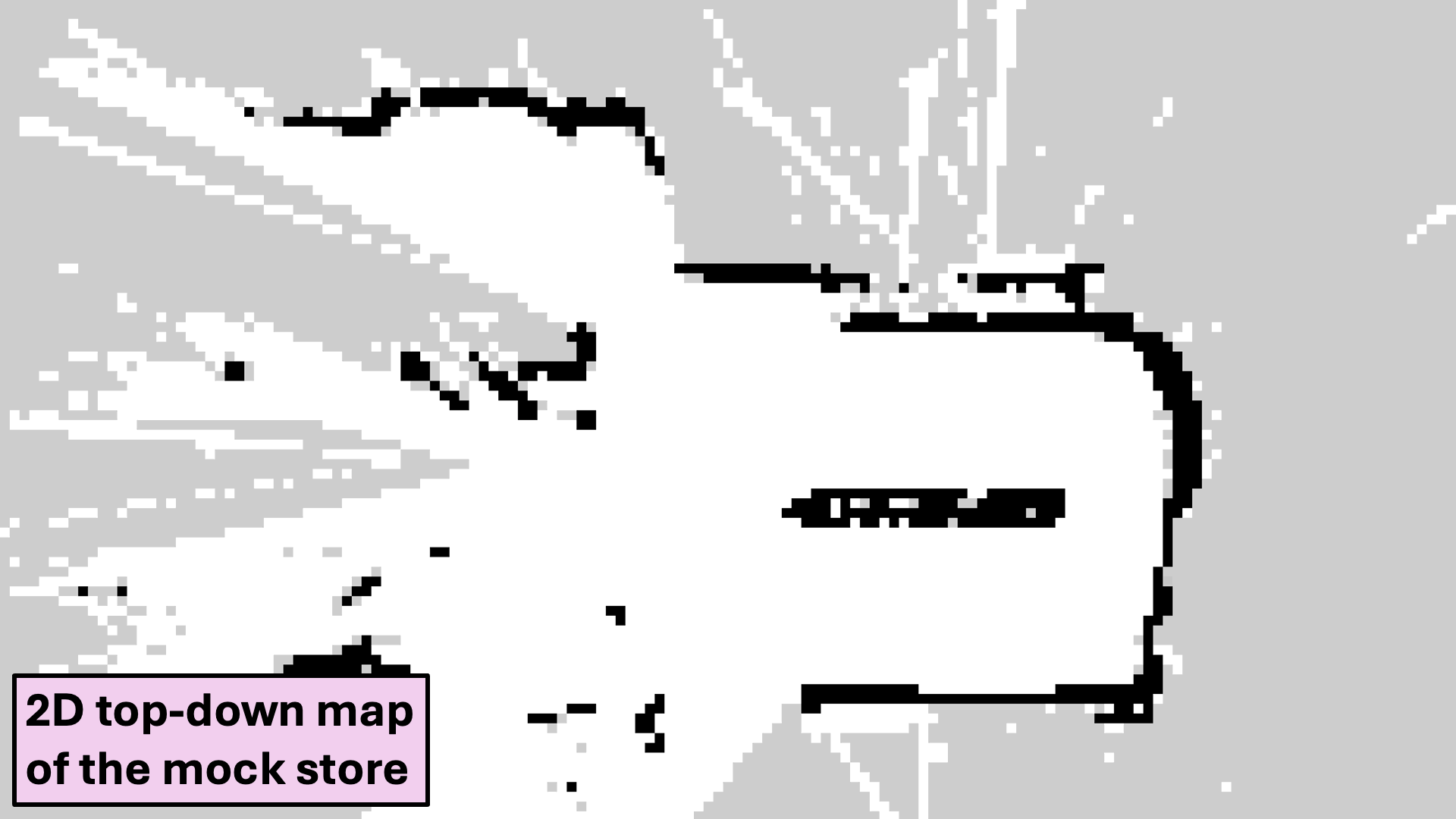
- Constantly changing product stock and poses exacerbates the localization challenge.
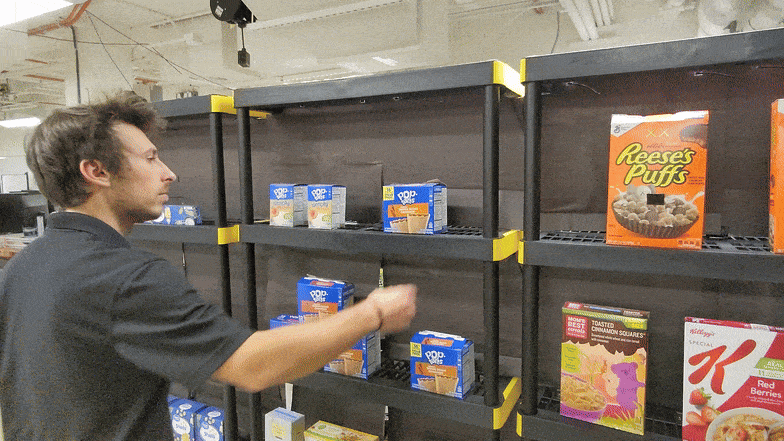
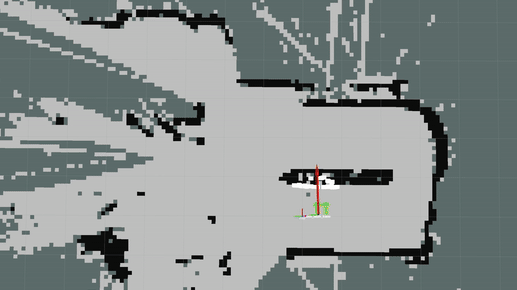
Our Solution: A Novel Semantic Particle Filter
Minimal Sensor Requirements
Our system uses low-cost sensors such as an RGB-D camera and a visual odometry camera, without requiring LiDAR or wheel odometry.
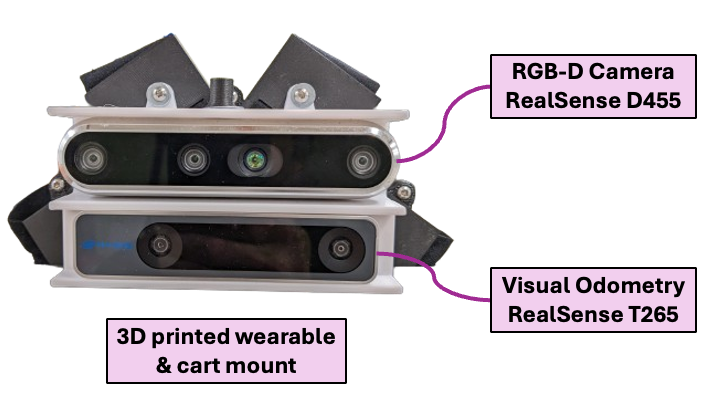
Modularity
- Mountable on Carts/Strollers: Can add autonomous capabilities to existing equipment.
- Wearable: Can support assistive technology for navigation.
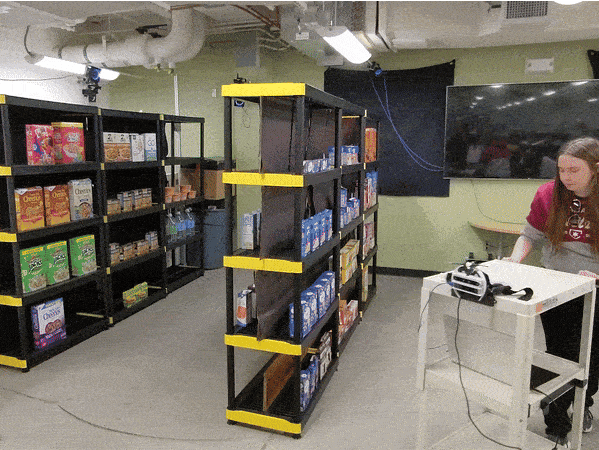
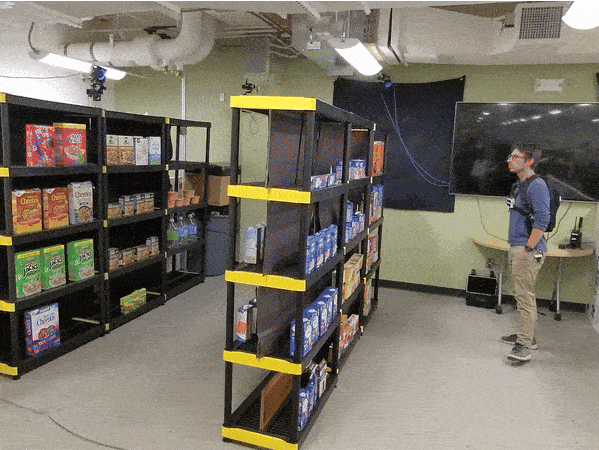
Algorithm
-
Semantic Mapping
We trained a custom classifier to classify products into a fixed number of classes.
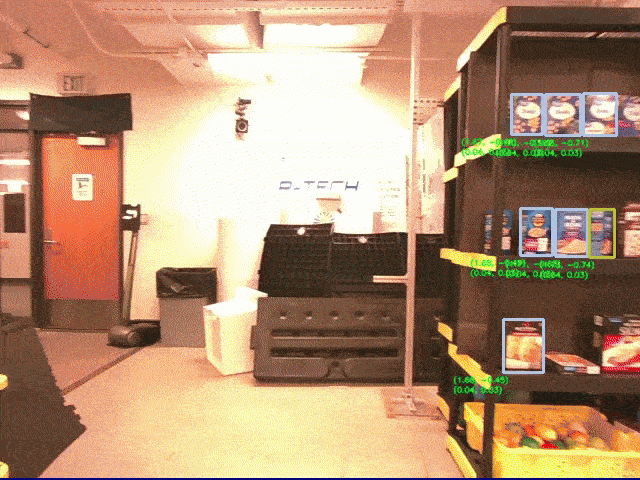
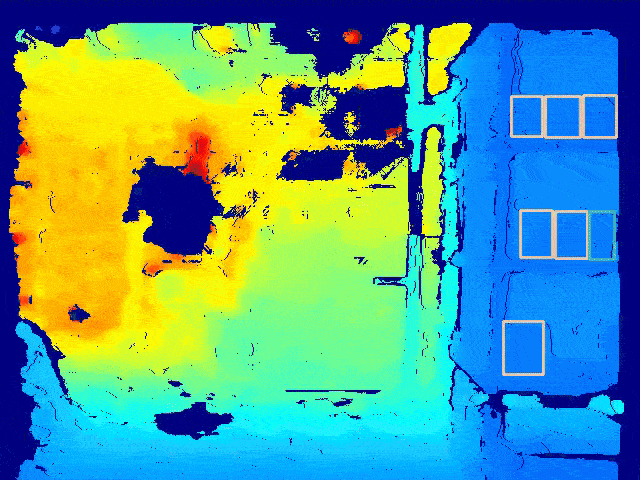
-
Pose Correction
Real-world pose estimates obtained through inverse camera projection are refined using ray casting on the semantic map.
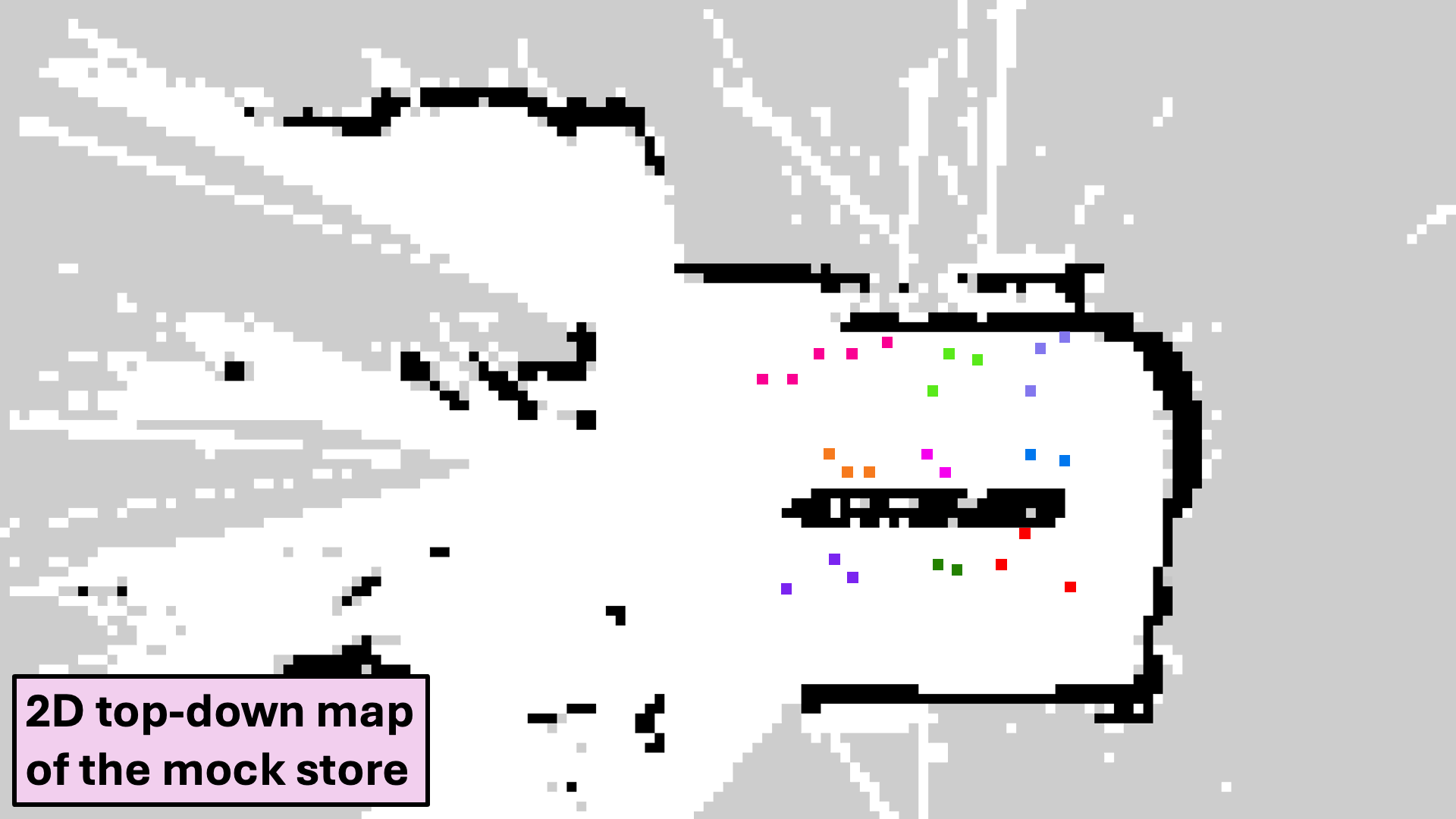
-
Semantic Localization
Semantic information is fused with the depth observation to in a Monte Carlo Localization framework.
Demo
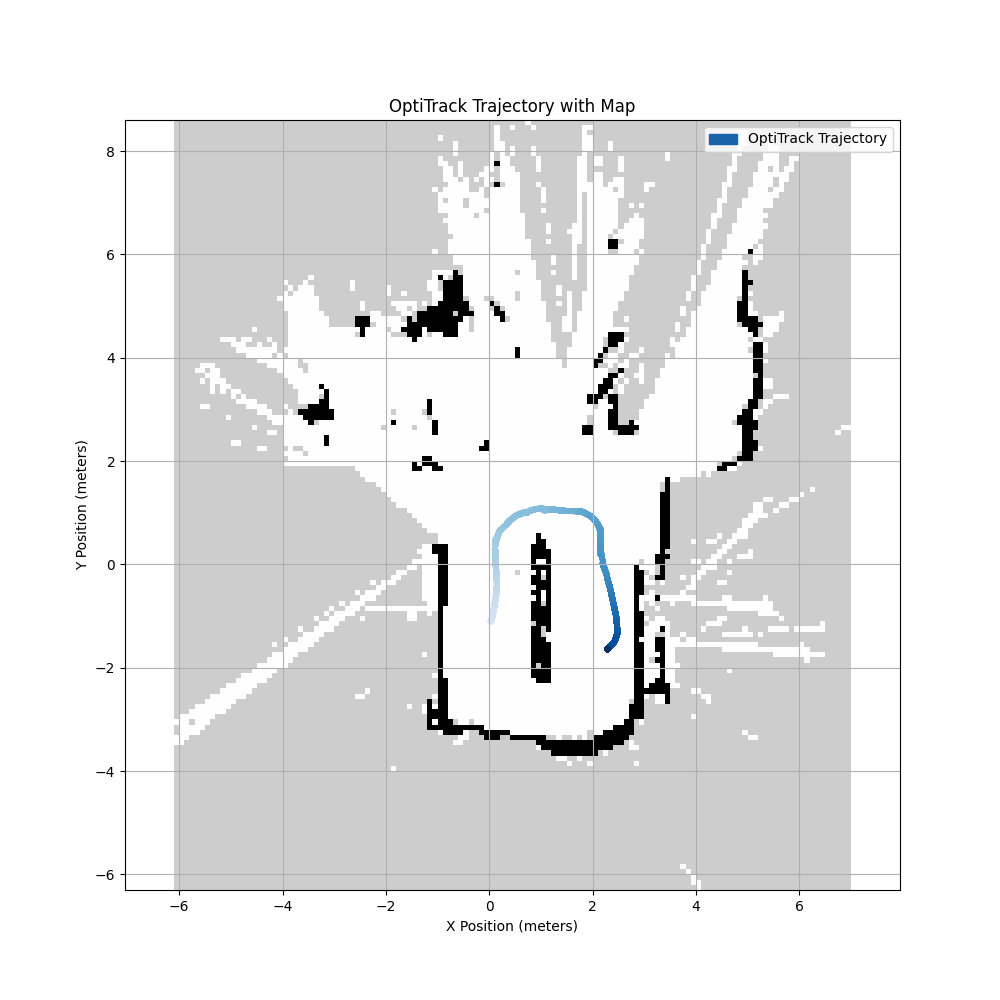
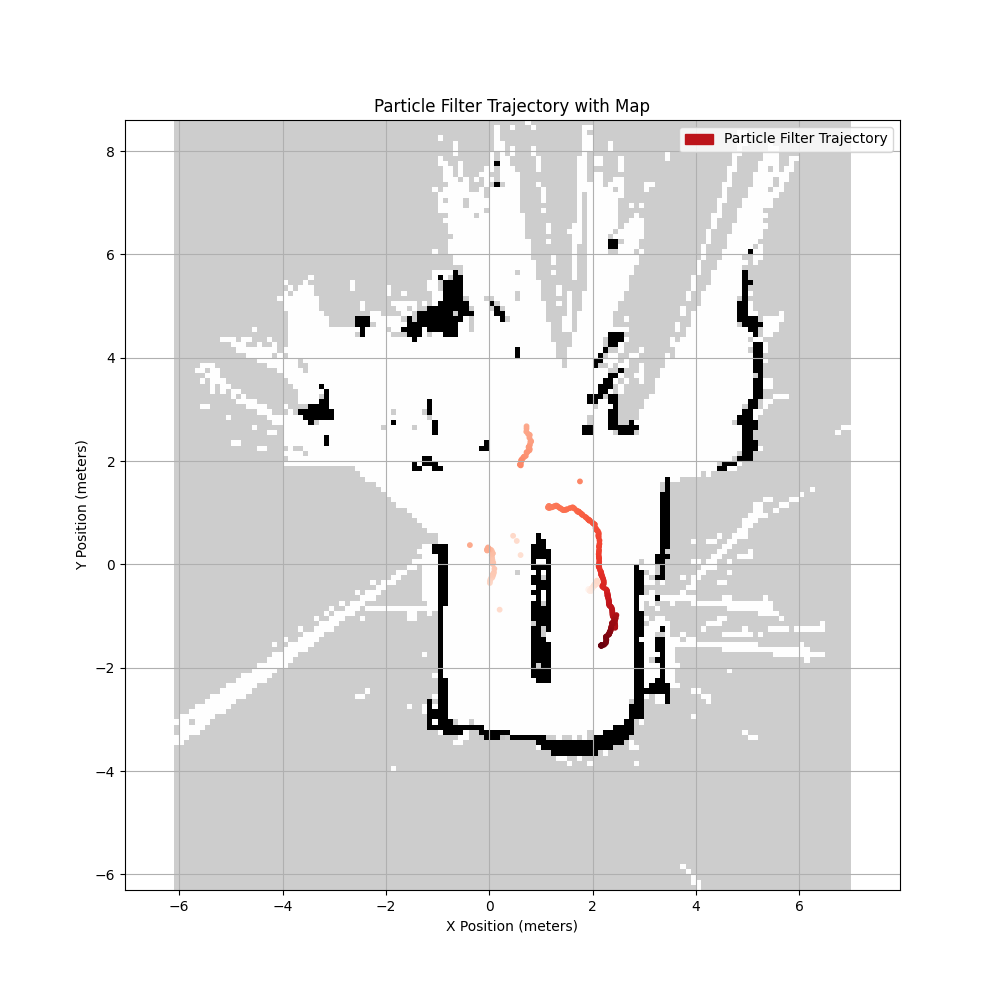
(Left) Ground truth pose for the above & (Right) Localization pose estimates from our system.
Preliminary Results
(Detailed results are coming soon)
- Without semantic information, the system converges incorrectly.
- Using semantic information, our system performs robust global localization and maintains it.